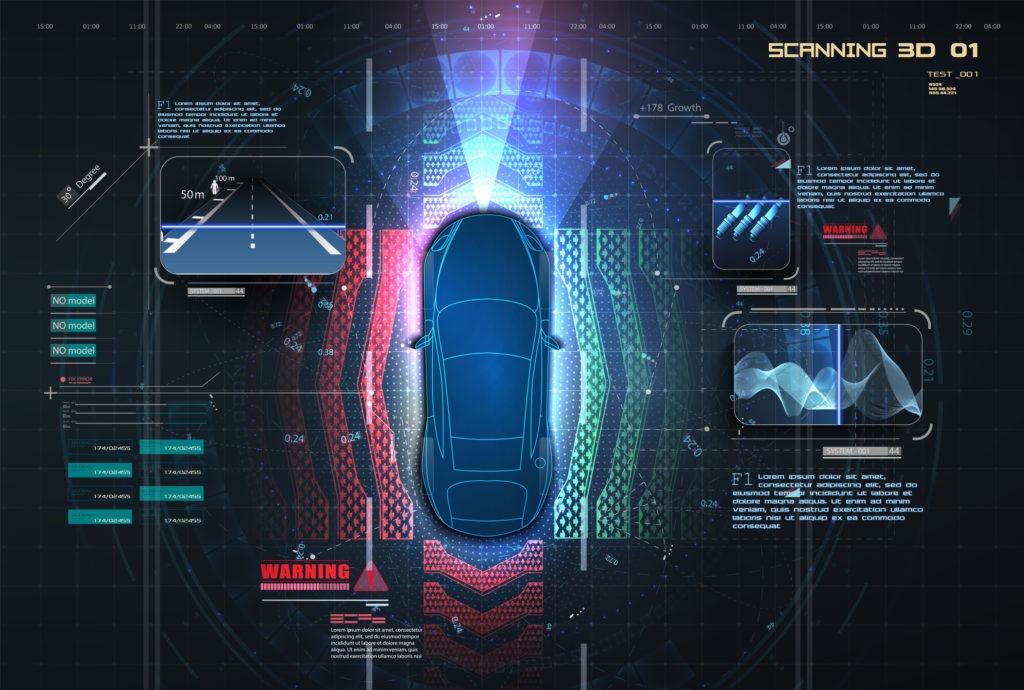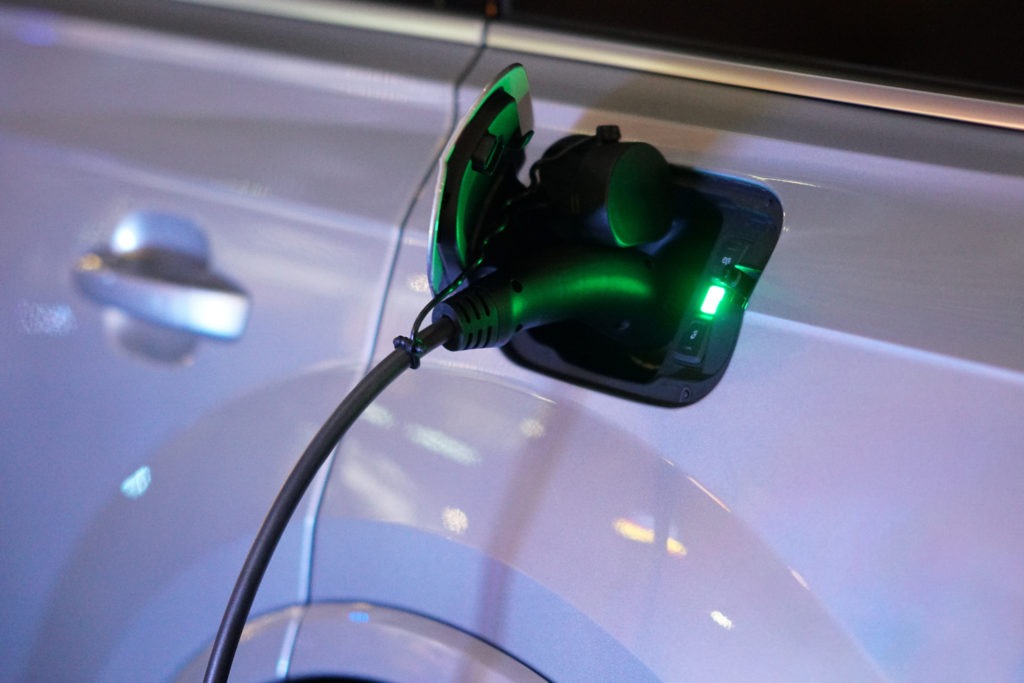Nissan off to the moon?
05 December 2021

Nissan has unveiled a lunar rover prototype that it hopes will benefit future vehicles traversing the moon’s surface.
The carmaker has jointly developed the prototype with the Japan Aerospace Exploration Agency (JAXA) and unveiled the vehicle at its Nissan Futures event.
JAXA is conducting research on lunar rovers, which it sees as a key technology for space exploration. Nissan has been working with the organisation on driving the controllability of the rovers since January 2020.
Vehicle exploration
A lunar rover must be able to traverse powdery, rocky and undulating terrain while also being energy efficient. This is especially crucial as energy sources for operating vehicles in space are limited. Vehicles must also be able to tackle surfaces and natural structures of the landscape that are unknown.
Nissan’s research applies the motor control technology it has developed through the production of its battery-electric vehicles (BEVs) such as the Leaf. The carmaker is also bringing its e-4ORCE all-wheel control technology that it is putting into its new Ariya electric crossover. This is the technology that will help boost the lunar rover’s performance over tricky terrain.
The system controls all four wheels of the vehicle independently, providing greater control and confidence in various conditions.
Greater control
In its joint research with JAXA, Nissan is evolving e-4FORCE technology to improve its performance in sandy terrain and other harsh conditions. When cars are driven in soft, powdery scenarios, their wheels will frequently spin and dig in, impeding progress. But Nissan’s technology minimises the amount of wheel spin in accordance with surface conditions. It allows the driver to have more control, especially required when in remote locations.
‘JAXA aims to apply the research results to future space exploration,’ commented Ikkoh Funaki, JAXA director of the Space Exploration Innovation Hub Centre. ‘We are collaborating with companies, universities and research institutes on projects that are feasible and have the potential for commercialisation and innovation. By conducting research with Nissan, which has expertise in electrified technologies, we hope to apply our findings to the development of higher-performance lunar rovers.’
The project highlights the potential of automotive technology and how the drive towards electrification and autonomous vehicles can benefit more than just the average commuter.
‘The uses of automobiles and driving situations are wide-ranging,’ added Toshiyuki Nakajima, general manager of the Advanced Vehicle Engineering Department in charge of e-4ORCE control development at Nissan. ‘We aim for the ultimate driving performance through our research and development, and believe the know-how gained from this joint research with JAXA will lead to innovations in our vehicles that will bring benefits to customers.’
As carmakers push for more advanced systems, Nissan’s development of its new control technology could end up being the next giant leap in lunar exploration.



